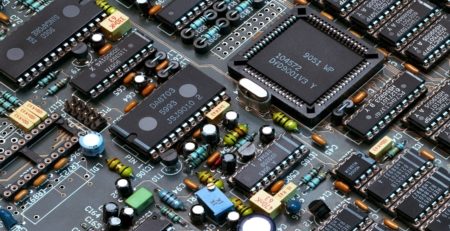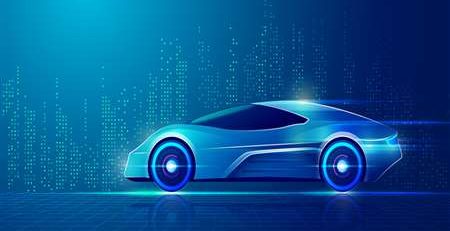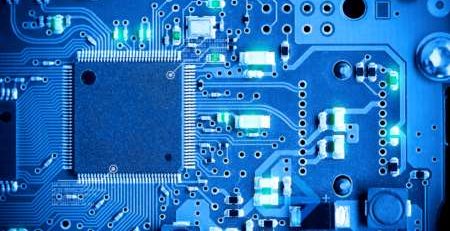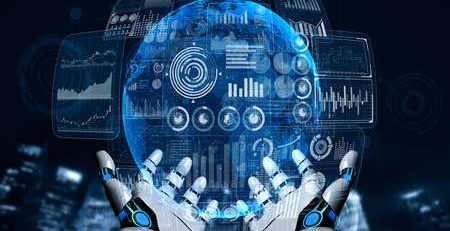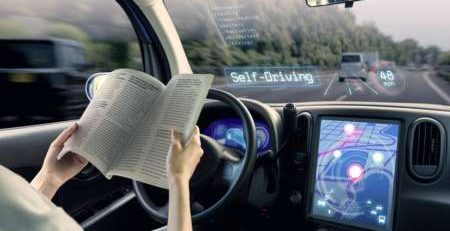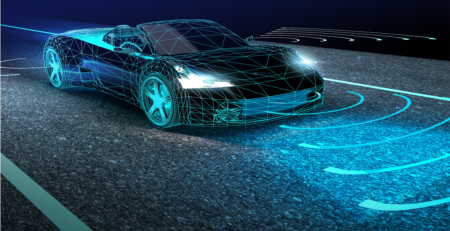The State of Autonomous Driving Technology and Artificial Intelligence
For the product application of autonomous driving technology, with the catfish effect of new power car manufacturers, the entire industry chain seems to be doing well. In fact, judging from the consumer market data, intelligent connected vehicles (L2 and above functions + OTA functions) do not seem to have achieved the expected results.
The formation of this contrast also reflects the integration of the Internet and automobiles. For consumers, it is mostly out of curiosity about new technologies. Therefore, in order to transform new technologies into productive products, not only technological innovation is required, but more importantly, changes in consumer perceptions are required.
From the perspective of product sales process, the first is the speed of product popularization in the market. One is to improve the production line and reduce costs; the other is to build trust between products and consumers; the last is to change user perception. New products will not be accepted by people all at once, and people’s usage habits will also have inertia, so the timing of new product launch is very important.
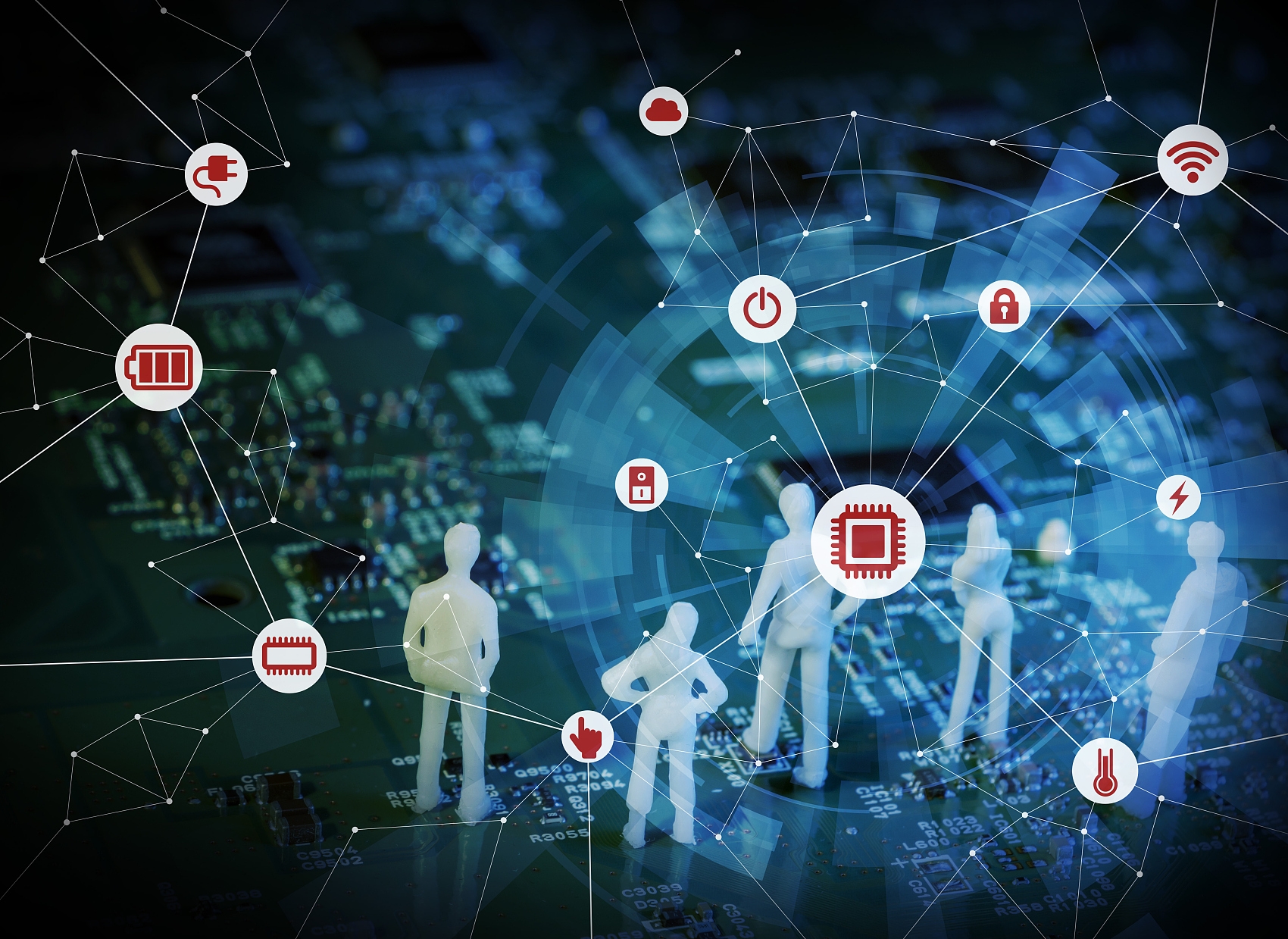
In the future, with the continuous penetration of intelligence, machines and people, people and people, machines and machines will continue to gain trust through running-in. Human-machine fusion will be the general trend.
For the automotive industry, how to establish trust between humans and autonomous driving is a major issue that cannot be ignored. For example, on the highway, would you be willing to hand over control to the car and take yourself out of the task of driving? In a city, do you trust a self-driving car to safely deliver itself to its destination?
In the test and verification stage, the reason why everyone pays attention to autonomous driving or unmanned driving is actually more concerned about its safety. After all, without the support of enough trust, it is cognitive doubt. Just like on a bus, passengers feel comfortable reading or sleeping because trust between people is built in everyday life. Therefore, everyone has enough trust in professional drivers.
From the analysis of the technical principle of automatic driving, automatic driving mainly uses sensors to combine the data collected on the spot with the data stored in itself to form new perceptual information as the input of environmental information. The final result is then obtained by matching the results of machine Boolean operations with human values. The whole process is run using probabilities and regularization procedures.
All current AI operates using probabilities and regularization procedures. A large amount of manual data labeling is required. From the perspective of the physical world, no matter how accurately the data is labeled or augmented, it is not the actual object itself.
Simply put, human decision-making is illogical reasoning, while autonomous driving is a decision-making based on logic. It’s like the mutual communication between the two worlds, that is, the interaction between the real world and the virtual world.



